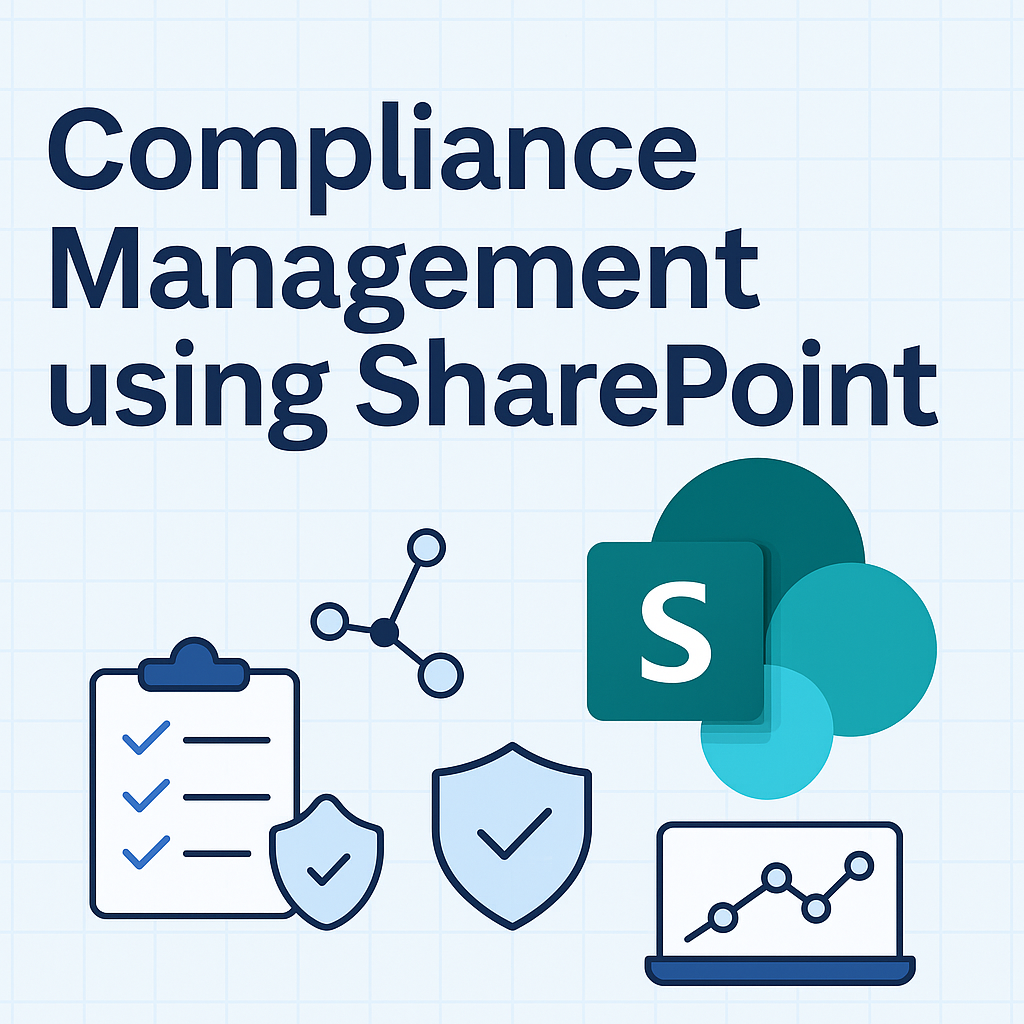Having trouble deciding whether open source software is for your business or not? Our CEO, Rohit Thakral, explains why it’s a no brainer in this article, which appeared in the Irish Independent on 6th March 2014 print edition. An online copy is available here.
They say necessity is the mother of all invention, but it is also the mother of opportunity.
A perfect example of this is the rise of open source software over the past five years.
While open source software has been around for years at this stage, it really took off during the economic downturn, when businesses were looking for software solutions but didn’t have the budget to purchase licences from proprietary companies such as Microsoft and SaaS.
Instead they found alternatives that could be downloaded for free online.
This necessity gave open source software the opportunity it needed to prove to business owners that it was a safe, affordable alternative to proprietary – or closed source – software, capable of fulfilling the requirements of its users.
As we trundle through the first quarter of 2014 and business confidence and spending continue to rise, still more businesses are migrating to open source. Why? Because there are many more advantages to open source software than just saving money.
The ability to create new applications quickly, reliably and economically is drawing businesses big and small, in the public and private sectors, to open source and encouraging them to use it for ever-larger projects.
As a specialist in the development and customisation of CRM/ERP and compliance and risk management software, I have seen first-hand the growing demand for bespoke open source software solutions for business.
Here are four reasons why organisations of all sizes are investing in open source:
Saving money is only a part of the attraction of open source. That part, however, is still pretty significant.
Whether it’s a Content Management System (CMS) or Customer Relationship Manager (CRM), because you’re building it on previously developed code, you can focus your finances and efforts on customising the software to meet the specific needs of your organisation at a fraction of the cost.
The quality of open-source code for development is a result of the number of people who are able to contribute, review and test it.
The reason being that if code is flawed, a developer community can identify and address the problem quickly as opposed to a single coder or proprietary developer ploughing ahead unaware of the error for quite some time or until something fails.
This development structure again feeds back into cost: If you had to review and test the software yourself, you would end up spending a small fortune – as so many businesses did in the past.
When I say business agility, I’m referring to a company’s ability to react to market demands quickly.
Because you have access to the code, you can adjust your software where necessary to ensure it is in keeping with the requirements of your business and its customers.
Take SEPA for example: as soon as the Single European Payment Area was announced in Europe, open source software was the first to start giving businesses the option of SEPA-based payment transfers/reports.
An added benefit of this agility is that companies using open software code aren’t tied to a single a particular vendor/partner and hence are not exposed if the vendor goes out of business, for example.
By using code with strong community support, there is a much higher probability of it being maintained and further developed than software from a commercial enterprise, which may be disbanded once it’s no longer financially viable.
That most free and open source software has no purchase cost and also provides an obvious incentive for its adoption.
But most business owners are happy to pay for upkeep, maintenance, training and support if these services bring apparent reward.
This has been the model for most open source companies. Companies that distribute free and open source software are dependent on the excellence of the support they provide for revenue.
This acts as a major incentive for ensuring the quality of their services.
The switch to open source software isn’t necessarily straightforward and there are potential downsides.
Companies need to carefully evaluate their operational requirements and integration issues that could arise with existing systems.
Also, they need to determine whether or not the learning curve (and possible costs of hiring in experts) that may be involved in switching to open source software, especially for a small organisation, will outweigh the attractiveness of a paid-for solution from a commercial vendor.



